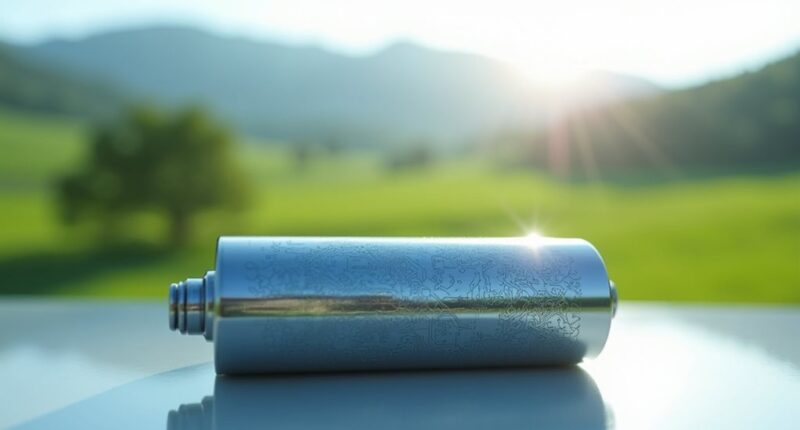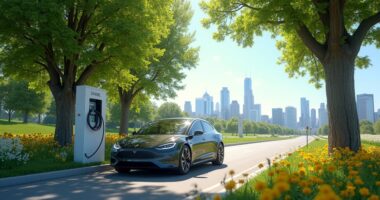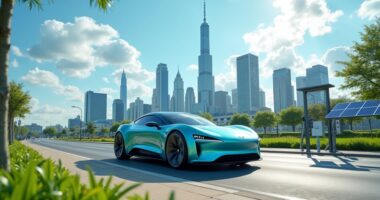CATL is shaking things up in the EV world with its innovative sodium-ion battery, stepping boldly into the ring against established lithium-ion tech. This new battery boasts an impressive range of 500 kilometers per charge and works wonders in chilly conditions down to -40°C. With a non-flammable design, it’s a safe bet for any vehicle. Plus, it promises lower costs and a greener footprint. Curious about how this might change the future of electric vehicles?
The Rise of Sodium-Ion Batteries in EVs
In the ever-evolving world of electric vehicles (EVs), the introduction of CATL’s Naxtra sodium-ion battery feels like an invigorating change, or perhaps a brisk winter breeze that doesn’t freeze your face off. This new kid on the block promises to shake up the battery market by offering a cheaper, more abundant alternative to the lithium-ion batteries that have dominated the scene. With mass production slated for December 2025, the Naxtra battery is already generating buzz among industry insiders and eco-enthusiasts alike.
What makes the Naxtra battery so special? For starters, it boasts an impressive energy density of 175 Wh/kg, making it comparable to lithium iron phosphate (LFP) batteries. It can send a passenger EV cruising for up to 500 kilometers (310 miles) on a single charge, while also supporting superfast charging—think 80% in just 15 minutes. Additionally, these sodium-ion cells retain capacity over 10,000 charge cycles for long-term reliability, a feature that sets them apart in the competitive battery market. Furthermore, these batteries operate effectively in cold conditions down to -20°C, showcasing their remarkable versatility.
The Naxtra battery delivers 175 Wh/kg, powering EVs for 500 km and superfast charging—80% in just 15 minutes!
But let’s not forget the cold weather performance; the Naxtra battery maintains 90% power at a chilly -40°C, a feat that would leave conventional lithium-ion batteries shivering in their cells.
Safety is another star feature of the Naxtra battery. Its non-flammable composition and resistance to punctures and thermal runaway make it a safer choice. Imagine a battery that can endure intense stress tests without losing its cool—literally! As major manufacturers commit to EV market growth in the coming decade, safer battery technologies will become increasingly important.
Cost-wise, sodium is substantially more abundant than lithium, potentially reducing the financial rollercoaster linked to lithium prices. CATL’s innovative approach avoids critical materials like cobalt and nickel, making it not just an eco-friendly option but also a wallet-friendly one.
As CATL explores various applications from heavy-duty trucks to electric buses, the Naxtra battery could redefine the landscape of EVs, especially in colder climates and cost-sensitive markets. The sodium revolution is here, and it might just be the game-changer the EV world needs.









